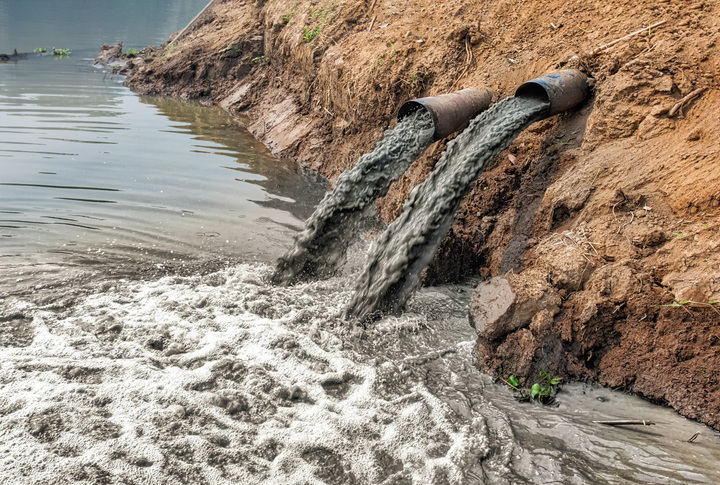The easiest way to determine the ecotoxicity of your products is through testing. As a business developing new products or looking to improve your current products, it is crucial that you make sure they are not harmful to the environment during their use phase and at their end-of-life.
What is Ecotoxicity?
Ecotoxicity refers to the potential for biological, chemical, or physical stressors to affect the ecosystems. When a product exhibits ecotoxicity, it disrupts the natural biochemistry, physiology, behavior, and interactions of living organisms that comprise the ecosystem.
How Can You Determine the Ecotoxicity of Your Product?
The best way to determine the ecotoxicity of your product is through testing. These tests measure the impact your product has on a wide range of environments, including freshwater, marine, soil, and sediment. You will be able to determine your products’ toxicity at its useful stage and its end-of-life stage.
Some of the common ecotoxicity tests are:
OECD 201
This biodegradability testing method is used to determine the impact of a substance or material on the growth of freshwater microalgae and cyanobacteria. The microorganisms are exposed to different concentrations of the test material or substance and are allowed unrestricted exponential growth under nutrient-rich conditions.
OECD 202
During OECD 202, young daphnids are exposed to the test substance or material at different concentrations for 48 hours. The immobilization of these organisms is measured at 24 hours and 48 hours. These results are then reviewed to determine the toxicity of the substance.
OECD 203
During this biodegradability test, fish are exposed to the test substance or material for 96 hours. The mortality of the fish are recorded at 24, 48, 72, and 96 hours and the concentrations that cause a 50% mortality rate in the fish are determined. This is used to determine the toxicity of your substance on fish.
OECD 207
The OECD 207 ecotoxicity test is a standard testing method that determines the toxicity of your products to earthworms. This specific test has two methods, the paper contact test and the artificial soil test.
For this method, the earthworm species used is Eisenia foetida, or Michaelsen worms. In both methods, the earthworm is exposed to your product and the toxicity of it is measured over a specified time period.
The first test is the filter paper contact test. During this method, the test substance is dissolved in water or a suitable organic solvent to give a range of known concentrations. These concentrated solutions are then added to vials and allowed to dry. Then 1 mL of deionized water is added to the vials and that is used to moisten the filter paper. Each vial is then sealed with a small ventilation hole. The earthworms are exposed to the paper and left for a period of 48 hours.
The second method is the artificial soil test. For this method, the chemical is dissolved in water if it is soluble, or dissolved in a suitable organic solvent if insoluble at different concentrations and then mixed with the soil. The earthworms are placed in the soil and covered with perforated plastic film to prevent the soil from drying out. These conditions are kept for 14 days before results can be measured.
OECD 208
OECD 208 tests the toxicity of your product when it is present in soil by measuring its impact on seedling emergence and early growth of higher plants. The seeds are placed in contact with the soil treated with the test substance and they are evaluated for effects for 14 to 21 days after 50% emergence of the seedlings in the control group.
Visual assessment of seedling emergence, biomass measurements, shoot height, and the visible detrimental effects on different parts of the plant are all measured to determine toxicity. An appropriate statistical analysis is used to obtain effective concentration or effective application rate to the most sensitive of these parameters.
OECD 209
OECD 209 assesses the effects of a substance on microorganisms from activated sludge of wastewater treatment plants by measuring the respiration rate of the microorganisms through oxygen consumption. In each testing vessel, water, synthetic sewage, and the test substances are incubated and under forced aeration to keep the dissolved oxygen concentration above 60-70% saturation. Oxygen consumption is measured after three hours of exposure and additional measurements at 30 minutes of exposure can be performed in case the test substance is rapidly degraded.
Are You Looking for Easier Ecotoxicity Testing? Contact Aropha
At Aropha, we combine our machine learning AI program with ecotoxicity and biodegradability testing to quickly, affordably, and accurately determine the biodegradability and ecotoxicity of your products. With ArophaAI, you will be able to accurately simulate tests of your products with just their chemical structure. Then, if they are a good candidate for testing, send your products to the lab for rapid, reliable testing.
Contact us today to learn more about our capabilities and how we can best serve you.

